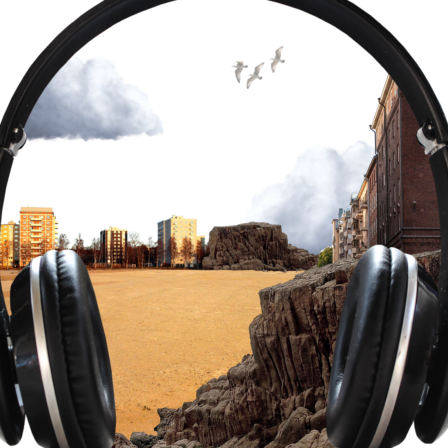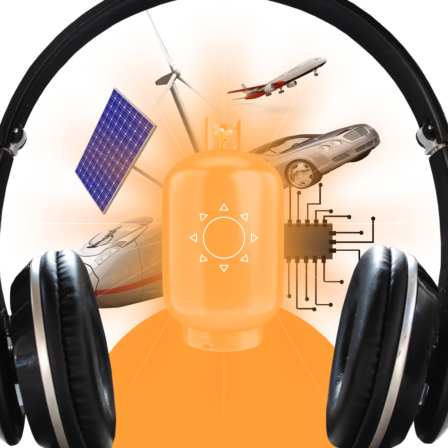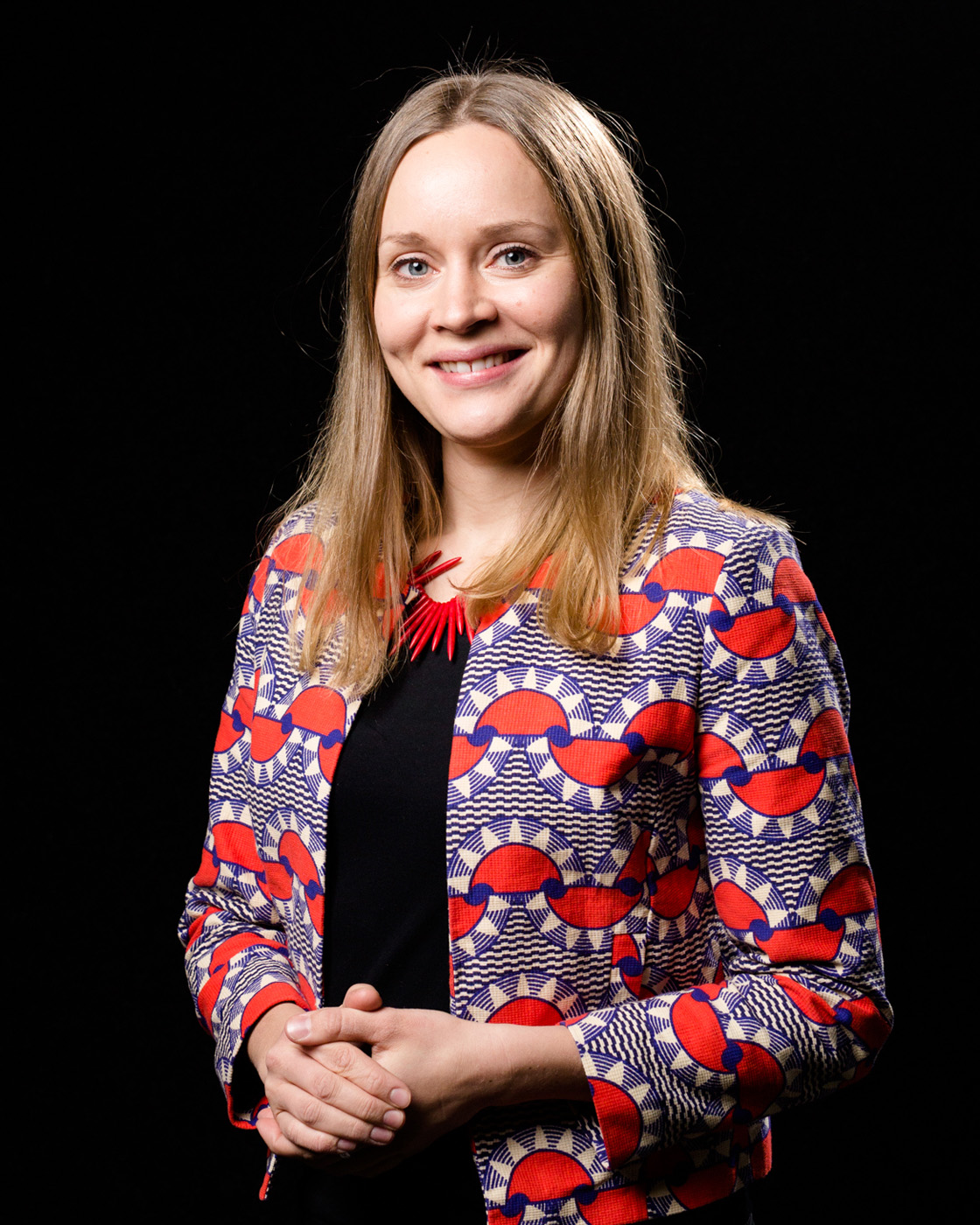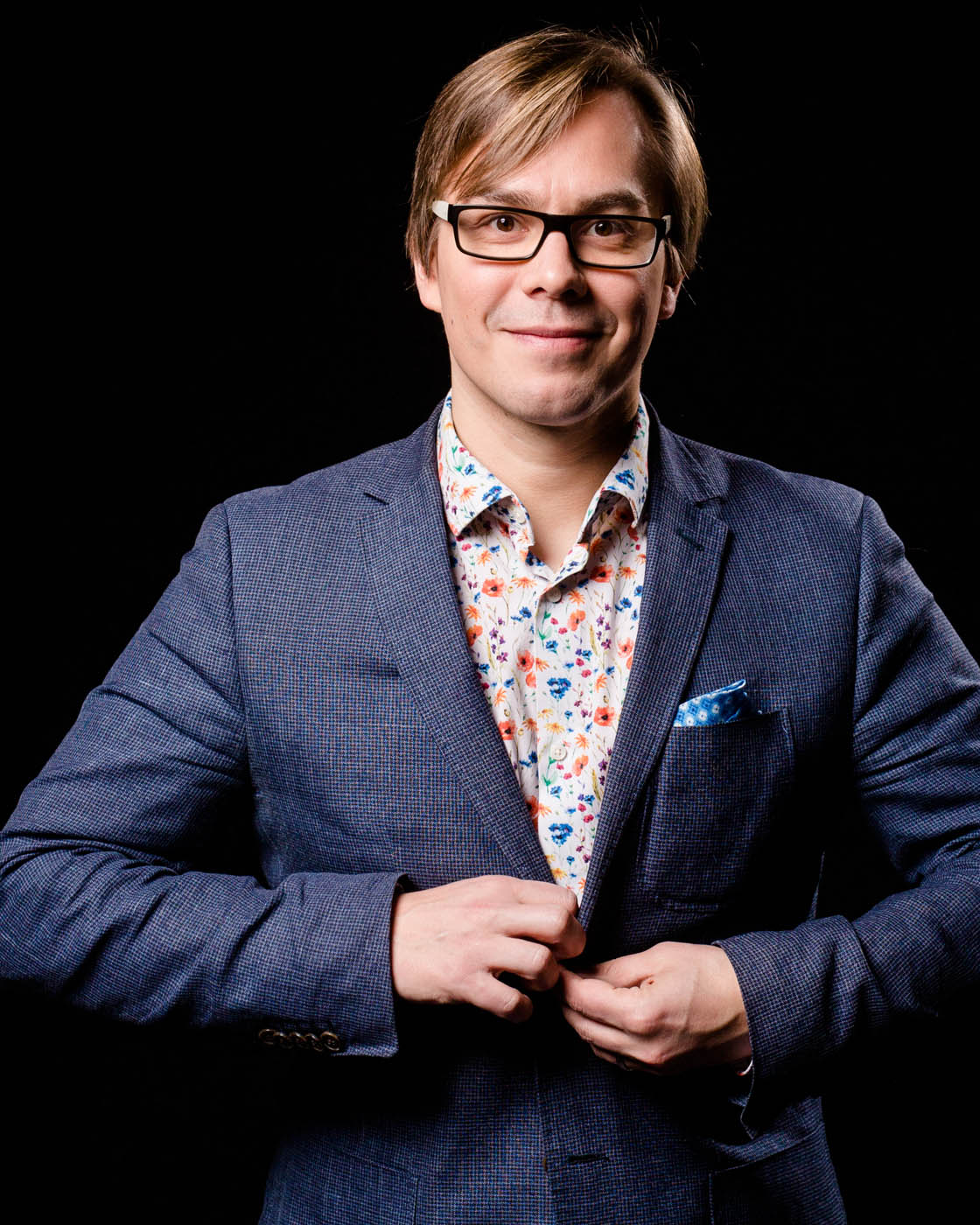More tools for thinking about the future are provided in the Futuremaker’s toolbox.
Futures Frequency is a workshop method for building alternative futures.
You’ve assembled the group, you’ve got your mind on the future and the facilitator is ready? Great! You’re ready to begin. On this page, you’ll find the structure and materials for a Futures Frequency workshop.
Start by watching the first video, which explains why future-oriented thinking is necessary for change-makers. We’ll then get tuned to the Futures Frequency.
Assignment: What if…?
Each of you should come up with one or more “What if…?” questions about the future. Write down your questions as instructed by your facilitator. Discuss the questions in the group.
Our ideas about the future guide our actions in the present. That is why it’s important to challenge various assumptions about the future. This video discusses the importance of questioning assumptions as part of future-oriented thinking.
Assignment: Challenging assumptions about the future
You will discuss and interrogate various assumptions about the future. The workshop materials include short audio drama sketches about different futures that you can listen to in small groups.
Discuss:
1) Do you recognise this kind of supposition about the future? Does it match your own view of the future?
2) Challenge: what preconceptions is it based on?
It’s difficult to realise a future that we can’t imagine. If our imagination is narrow, we may reduce the range of possible futures. In this video, we talk about how people use their imagination and the role imagination plays in influencing the future.
Assignment: Looking back and looking forward
The idea behind this assignment is to broaden your thinking about what factors have influenced the present and the things we recognise as influencing the future. Follow your facilitator’s instructions and create a timeline showing 1) what factors have influenced the present? Then turn to the future and toward the end of the assignment write down 2) what issues in the present will influence the future?
Assignment: Imagining a preferred future
Now you will get to use your imagination — first alone and then as a group.
First alone
Use pen and paper or start a blank document.
Choose the theme you want to address in your vision of the future. What positive elements are there in the present that you would like to see strengthened for the future to be better?
Write down your thoughts on how the future would be better – and for whom. Try to be as concrete as possible: I want to strengthen (what) so that, in 2050, (what) would be different / (what) will have happened / (what the world would be like).
Then as a group
Your facilitator will direct you to share your thoughts about preferred futures in small groups. These discussions will be followed by you creating a shared vision, which you will continue to develop until the end of the workshop.
We can influence the future, but it takes action. How can I or the organisation I represent become a change maker? In this next video, we talk about how to move from future-oriented thinking to action. You’ll also get some food for thought for the next assignment.
Assignment: Actions for a preferred future
This final stage of the workshop will bring you firmly back to the present. How should our thinking and beliefs change, how should structures change and how should our behaviour change? Working in small groups, come up with an action in response to each of these questions. Write down your ideas for actions as instructed by your facilitator.
Assignment: Write a headline for News of the Future
In your final assignment for this workshop you’ll be on the editorial team of News of the Future. This will give you an opportunity to think about what the journey towards your chosen vision looks and sounds like. Imagine the front page headline of News of the Future in 2048 to illustrate the change path you have imagined. Write down the headline, as instructed by your facilitator.
You will then get to present the journey to your vision of the future to the rest of the group.
The final video concludes the Futures Frequency workshop. It recaps what you’ve done during the workshop and why. You can conclude your work in your group by swapping thoughts and ideas that you’ve gained from the Futures Frequency workshop.
Share
What kinds of futures frequencies did you get tuned into? What did you find difficult or surprising? What inspired you? What insights did you get?
Join the conversation on social media. Use the hashtag #futuresfrequency
Hint: There is always a need for hopeful visions about the future. Consider sharing the headlines of your News of the Future or your vision of the future on social media. Or how about you insert your vision of the future in the EU-wide #OurFutures database to inspire policy makers? And read what other EU citizens have to say.
We’d be happy to hear your feedback, wishes and questions. You can reach us at tulevaisuustaajuus@sitra.fi
What is it about?
Futures Frequency is a workshop method for groups of 8–20 people. This website provides tools for facilitating the workshop either online or in person. There are videos that introduce each theme and the facilitator’s handbook includes detailed steps for facilitating the group assignments.
Futures Frequency was developed by Sitra and it builds on previous foresight activities. A developer team of specialists in various fields have given valuable feedback to support the development efforts. The point is to increase the participants’ ability to envisage different futures and take action towards the realisation of a preferred future. The workshop method is intended for use by anyone.
Futures Frequency can be adapted to the needs of different groups. You could incorporate megatrends to bring more depth, spice up the workshop with weak signals or use other methods from the Futuremaker’s toolbox. If you create your own version of Futures Frequency, remember to include a reference to the original version.
Facilitator’s handbook
The facilitator’s handbook provides you with the support material you need to facilitate a Futures Frequency workshop.
As the workshop facilitator, you will tune your group to the futures frequency and inspire the participants to come up with new insights. As the facilitator, you will keep things moving on schedule and create an atmosphere that is conducive to new thoughts and ideas. The facilitator’s handbook includes detailed instructions for each stage of the workshop and scripts for the facilitator’s spoken parts.
Materials
- Planning your own Futures frequency workshop? Use this template to plan your workshop.
- If you prefer, you can provide the introduction to each workshop stage yourself instead of playing the videos. In this case, download the PowerPoint presentation. You can find scripts for the spoken parts in the PPT notes.
- See the Miro template we use.
- The whole Miro template cannot be copied, but you can copy this picture for the group work part.















Audio drama pieces about the future
Next, we’ll hear different assumptions about the future. These audio drama sketches depict exaggerated versions of prevailing views about the future. They’re not intended to be forecasts or descriptions of preferred futures, but to help you identify and think about the underlying assumptions. Each piece is a few minutes long.